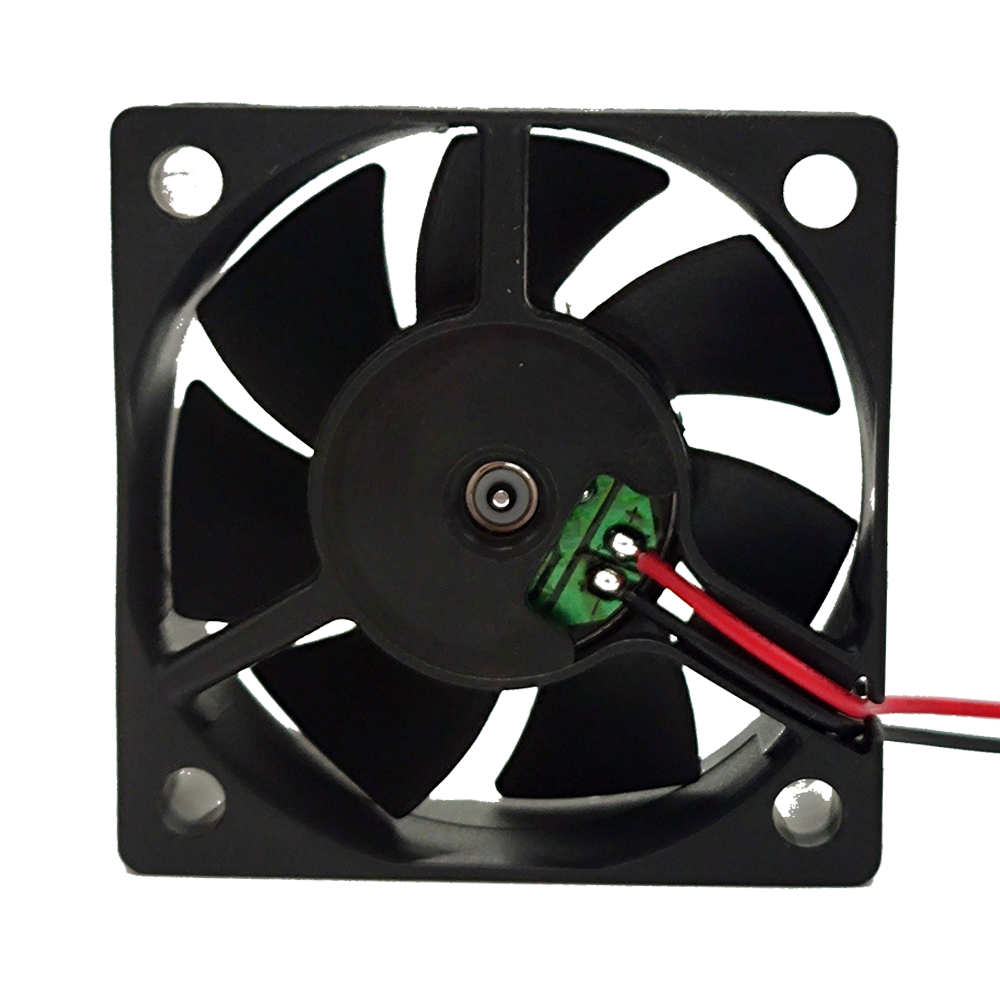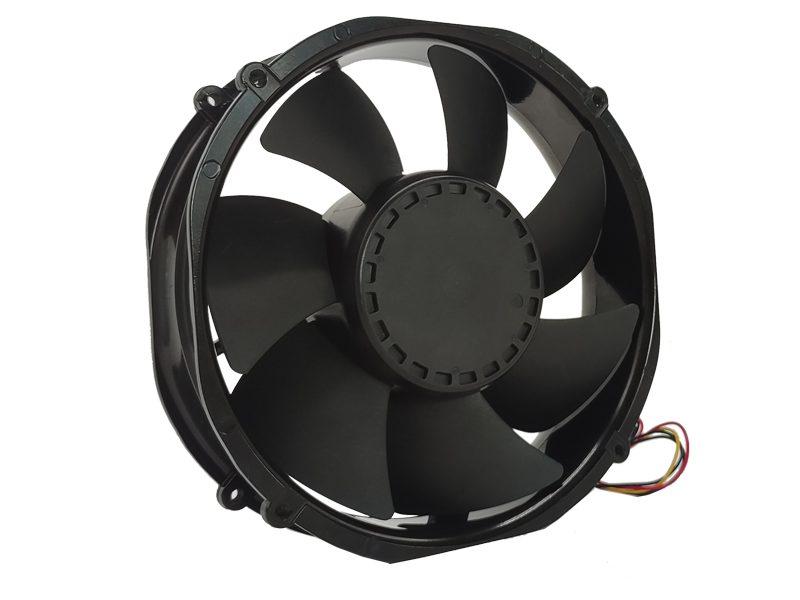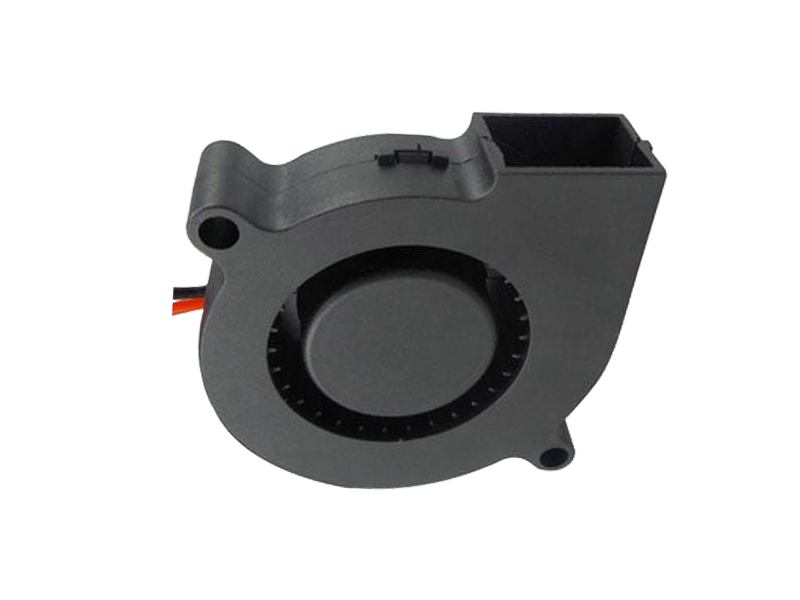Introduction
Industrial fans are the unsung heroes of modern manufacturing, responsible for maintaining operational continuity in extreme environments. This article dissects the technical evolution of axial, centrifugal, and HVLS (High-Volume, Low-Speed) fans, revealing how product engineers balance aerodynamics, material science, and IoT integration to deliver mission-critical performance.
I. Aerodynamic Optimization: From CFD Simulations to Real-World Performance
Blade Design Revolution
Axial Fans: The transition from straight to twisted blades reduced turbulence by 32% in metallurgical plant trials. Computational Fluid Dynamics (CFD) tools now simulate 10,000+ iterations to optimize pitch angles.
HVLS Fans: Patented airfoil blades (e.g., Big Ass Fans' AirEye™ technology) achieve 85% higher airflow efficiency than traditional designs through boundary layer control.
Motor Technology Breakthroughs
Permanent Magnet Synchronous Motors (PMSM): Used in Siemens' industrial fan series, these reduce energy consumption by 28% compared to induction motors while enabling 0.1RPM precision control.
Oil-Free Bearings: Ceramic hybrid bearings in EBM-Papst fans eliminate lubrication maintenance in food processing plants, complying with HACCP standards.
II. Material Science at Extremes
Corrosion Resistance
Marine Environments: 316L stainless steel fans with electro-polished surfaces resist salt spray corrosion for 10,000+ hours in offshore oil rigs.
Chemical Plants: Hastelloy C-276 blades with PFA coating withstand 98% sulfuric acid exposure, as proven in BASF's production facilities.
Thermal Shock Endurance
Glass Manufacturing: Fans with silica carbide (SiC) blades operate at 1,200°C ambient temperatures without deformation, outperforming Inconel alloys by 40% in thermal conductivity tests.

III. Smart Fan Ecosystems
IoT Integration
Predictive Maintenance: Vibration sensors (e.g., SKF's @ptitude Monitoring) detect bearing wear 3 months in advance, reducing unplanned downtime by 65%.
Digital Twins: ABB's Ability™ platform creates virtual fan models to simulate performance degradation under 50+ failure scenarios.
Energy Harvesting
Kinetic Energy Recovery: Regenerative braking systems in mine ventilation fans capture 22% of deceleration energy, feeding it back into the grid.
Conclusion
Industrial fan design is a multidisciplinary chess game where fractional efficiency gains translate to millions in operational savings. The future belongs to systems that self-optimize while withstanding nature's harshest conditions.
Recommended Products

The main purpose:Car charging station

The main purpose:Car charging station

The main purpose:Electronic refrigerators, water dispensers, direct drinking machines, inverter power supplies
Address:No. 4137, Longgang Avenue (Henggang Section), Henggang Community, Henggang Street, Longgang District, Shenzhen
hotline:13530005572(Chen)15112579390(Li)


Welcome all friends to come for consultation and negotiation.
Copyright 2024 @ Shenzhen Youneng Xinyuan Electronics Co., Ltd.,(industrial fans,industrial blowers,axial fans,cooling fans manufacturer,centrifugal fans,ac cooling fans,dc cooling fans)